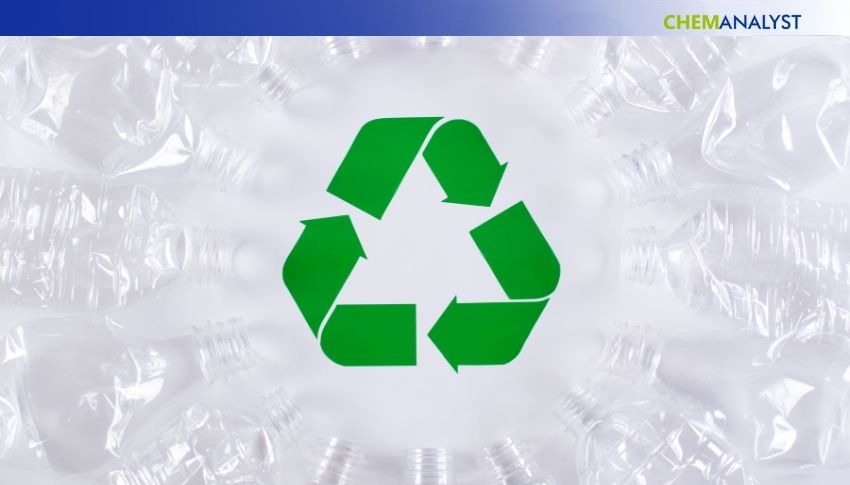Welcome To ChemAnalyst

The global R-PET market has entered a difficult period because of higher U.S. trade tariffs and a weaker economic outlook. Major economies are facing policy uncertainty. R-PET producers and buyers are adapting to new supply routes, changed trade flows, and increased costs.
In the United States, R-PET prices rose by nearly 38 % from mid-June to mid-July 2025. This increase happened as import volumes fell and supply became tight after new tariffs on Chinese plastics. During the same period, first-quarter GDP fell by 0.5 % and inflation expectations moved close to 4 %. These factors caused concern among textile and packaging buyers already facing higher costs. Customers turned to domestic R-PET producers, which further tightened short-term supply.
In China, R-PET prices increased by about 10 % during the same weeks. First-quarter exports dropped 0.8 % year-on-year as global demand weakened under trade tensions. With fewer shipments to the United States, Chinese producers sent R-PET cargoes to Southeast Asia and Europe. Domestic plants ran at moderate levels because export prospects were uncertain and overseas demand was unclear. Volatile freight rates and currency fluctuations also affected the competitive position of China’s R-PET in secondary markets.
Europe registered an R-PET price rise of roughly 22 %. Cargoes diverted from Asia and the United States led to lower inventories and longer delivery times. Germany’s economy stalled in the second quarter, and the Bundesbank warned that possible U.S. tariffs of up to 30 % could affect the export sectors. Even after recent investment plans, factory use remained low, and only about 31 % of German machinery firms were mildly hopeful about future U.S. sales. Regional R-PET companies faced purchase delays as firms built larger stocks and moved supply sources closer to their units.
India recorded an R-PET price increase of nearly 19 % between mid-June and mid-July. Demand from packaging and textile companies remained strong, textile output grew 6.5 % year-on-year in the first quarter. India has no direct role in the tariff dispute, so it served as a neutral trade hub. The country received diverted R-PET cargoes while keeping supply stable and downstream orders steady. Local R-PET plants operated at high capacity amid reliable export orders.
The rising tariff pressure in 2025 is pushing firms to reshape global supply chains. Higher tariffs have increased moves toward nearshoring, supplier diversification, and local production, changing R-PET purchasing strategies across regions. Sourcing delays, longer routes, and higher regulatory costs are changing inventory and logistics plans for downstream R-PET companies.
Moreover, UNCTAD reports that regional trade is gaining importance after the rise in protectionist measures. This gradual shift is expected to reshape the R-PET trade and strengthen the supply chain.
We use cookies to deliver the best possible experience on our website. To learn more, visit our Privacy Policy. By continuing to use this site or by closing this box, you consent to our use of cookies. More info.
